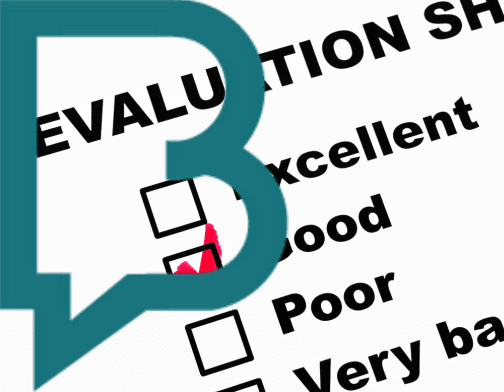Make the bid-no-bid decision
Steps to Preparing a Tender Response
First, you should decide whether or not the opportunity is worth the time and effort.
Step 1
Register the tender
Register the tender in your tenders management system. Even if you decide not to bid, you can keep track of opportunities over time, and your success rate.
I usually print out the request two pages to an A4, back and front, flipping on the long edge. This gives me a reading real-estate of 4 pages per view, and is more efficient when reviewing the entire document. If you need large print, don’t follow this advice!
Read through the entire document, highlighting important points with a highlighter or red pen. Write the closing date and time. This is your immutable deadline.
Step 2
Evaluate your chances of winning

Determine what your chances of winning are.
If your chances are sub-optimal, a decision needs to be made as to whether a bid should be submitted or not. Sometimes the strategic benefits may outweigh the costs.
Step 3
Calculate the odds

Companies who don’t strategically select their tenders tend to ‘shotgun’ their value proposition in the hope that some of their proposals thrown into the marketplace will hit the bullseye. However the downside is:
- that in order to cope with the increased volume of work staff will start to template their responses – and as a result template their losses
- such a random effort is a poor use of critical resources
- poor quality bids reduce the chances of winning
Step 4
Calculate your bidding budget

Once the decision to proceed to submit a tender, a realistic budget should be assigned.
Disciplined companies determine the cost of winning business at the activity level, not at the salaried level.
Bidding for work worth $500,000 should cost around $11,200 or take around 224 hours of internal staff time. This cost should be built into the price. If you don’t win, it should be built into the next job, until you do win. Otherwise, your business development staff are not recouping their own costs.

